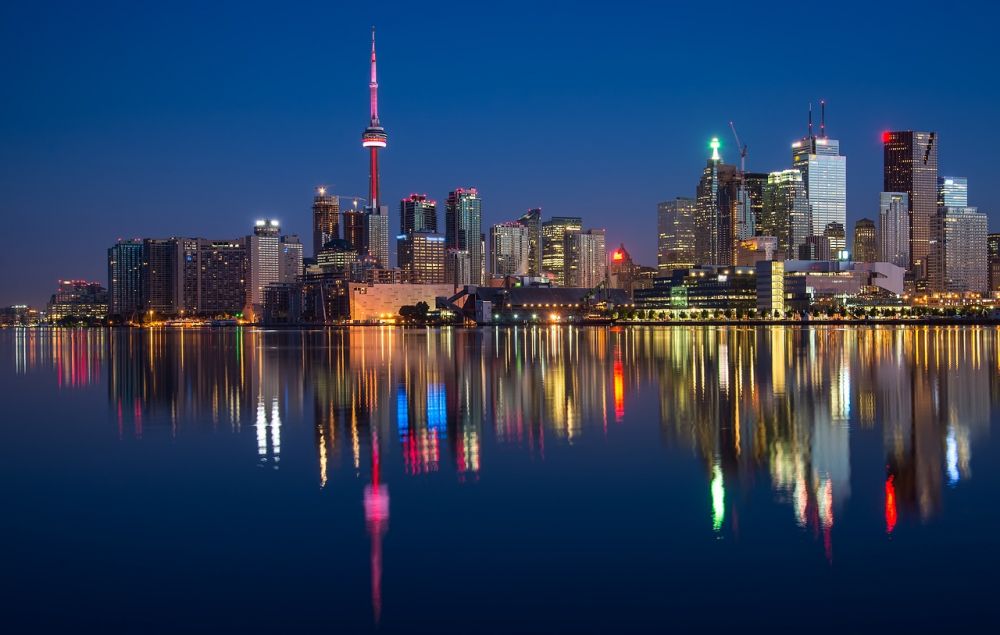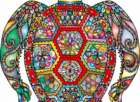Toyo Ito: A Visionary Architect Shaping the Future of Design

Introduction
Toyo Ito, a renowned Japanese architect, is widely celebrated for his innovative and visionary approach to design. With a career spanning over four decades, Ito has created architectural marvels that push the boundaries of traditional design conventions. His works exude a distinct aesthetic, characterized by fluidity, lightness, and harmony with the surrounding environment. Ito’s deep understanding of the interplay between architecture and nature has made him a trailblazer in the field. In this article, we will delve into the world of Architect Toyo Ito, exploring his philosophy, notable projects, and his impact on the architectural landscape.
The Vision of Architect Toyo Ito

Architect Toyo Ito is not just a name; it represents a visionary paradigm shift in architectural thinking. Ito’s designs revolve around the concept of ”fluidity,” where the built environment seamlessly integrates with its surroundings. His works seek to blur the boundaries between interior and exterior spaces, creating an immersive experience for the inhabitants. One of his most iconic projects, the Sendai Mediatheque in Japan, exemplifies this design philosophy. The building’s transparent glass facade invites natural light, creating a sense of openness and serenity. Ito’s ability to merge functionality, aesthetics, and sustainability has earned him accolades and cemented his place as one of the most influential architects of our time.
Exploring Architect Toyo Ito’s Works
Architect Toyo Ito has left an indelible mark on the architectural landscape with a diverse range of projects. From cultural institutions to residential spaces, his creations span across various typologies, each embodying his signature style. One prominent example is the Tama Art University Library in Tokyo. This architectural marvel redefines the concept of a library as an open, interactive space. With its undulating walls and fluid layout, the building encourages exploration and fosters creativity. Another notable project is the Taichung Metropolitan Opera House in Taiwan. Here, Ito’s design seamlessly integrates the building into its natural surroundings, while the futuristic facade captivates visitors and reflects the dynamism of the performing arts.
Quantitative Measurements of Architect Toyo Ito’s Impact
Architect Toyo Ito’s impact can be quantified through various metrics. His works have received numerous prestigious awards, including the coveted Pritzker Architecture Prize in 2013, solidifying his stature as an architectural luminary. Additionally, his projects have garnered international recognition, attracting visitors from around the globe. Moreover, the influence of his design philosophy can be observed in the work of emerging architects who draw inspiration from Ito’s innovative approach. These quantitative measures testify to the significance of Architect Toyo Ito’s contributions to the architectural world.
Examining the Distinctions among Architect Toyo Ito’s Works
While Architect Toyo Ito’s works share a common philosophy, they each possess unique characteristics that distinguish them from one another. Some projects prioritize organic forms and a sense of fluidity, while others emphasize the integration of technology and sustainability. Regardless of these distinctions, all of Ito’s designs share a deep respect for the environment and a commitment to creating spaces that harmonize with their surroundings. The distinctions among his works provide a testament to Ito’s versatility as an architect, constantly reinventing himself and pushing the boundaries of his own creativity.
A Historical Overview of the Pros and Cons of Architect Toyo Ito’s Works
Understanding the historical context of Architect Toyo Ito’s works allows us to appreciate the evolution of his design philosophy. Early projects, such as the Silver Hut and White U, exemplify his exploration of lightweight structures and minimalism. These designs, while visionary, posed challenges in terms of structural stability and insulation. However, through continued experimentation, Ito developed innovative construction techniques that overcame these limitations. His later works showcase a careful balance between form and function, environmental sustainability, and community engagement. This historical overview highlights the passionate pursuit of excellence and continual improvement in Architect Toyo Ito’s works.
Conclusion
Architect Toyo Ito’s contributions to the field of architecture have revolutionized the way we conceptualize space and the relationship between built environments and nature. His visionary designs, rooted in fluidity and harmony, have left an indelible mark on the architectural landscape. Through his works, Ito has inspired a new generation of architects and challenged the traditional norms of design. As we look to the future, the legacy of Architect Toyo Ito serves as a guiding light, reminding us of the limitless possibilities that lie within the realm of architectural imagination.











